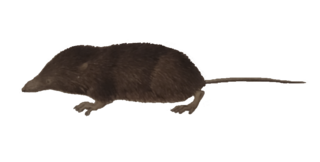 W
WThe Himalayan shrew is found in Bhutan, China, India, Myanmar, and Nepal, is currently the only species in the genus Soriculus within the tribe Nectogalini, although the species Chodsigoa and Episoriculus, which occur in southeastern Asia, as well as those of the fossil European genus Asoriculus, were formerly included there.
 W
WThe red-toothed shrews of the subfamily Soricinae are one of three living subfamilies of shrews, along with Crocidurinae and Myosoricinae. In addition, the family contains the extinct subfamilies Limnoecinae, Crocidosoricinae, Allosoricinae and Heterosoricinae. These species are typically found in North America, northern South America, Europe and northern Asia. The enamel of the tips of their teeth is reddish due to iron pigment. The iron deposits serve to harden the enamel and are concentrated in those parts of the teeth most subject to wear.
 W
WThe Corsican giant shrew is an extinct shrew from the island of Corsica.
 W
WThe De Winton's shrew is a species of mammal in the family Soricidae. It is endemic to China.
 W
WThe elegant water shrew is a species of mammal in the subfamily Soricinae of the family Soricidae. It is monotypic within the genus Nectogale. It lives in Sikkim and China.
 W
WHodgson's brown-toothed shrew is a species of mammal in the family Soricidae. It is found in China, India, and Myanmar.
 W
WThe lamulate shrew is a species of mammal in the family Soricidae. It is endemic to China.
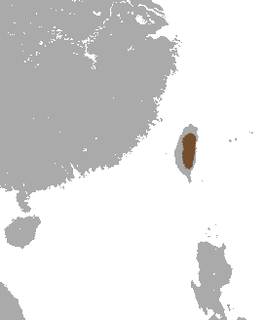 W
WThe lesser Taiwanese shrew is a rare species of shrew in the Soricomorpha order.
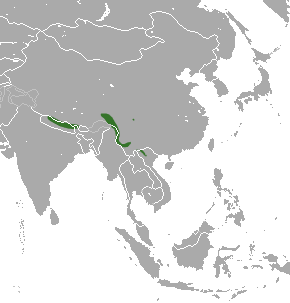 W
WThe long-tailed brown-toothed shrew is a species of mammal in the family Soricidae. It is found in China, India, Myanmar, Nepal, and Vietnam.
 W
WThe long-tailed mountain shrew is a species of mammal in the family Soricidae. It is found in China, Myanmar, Nepal, and Vietnam.
 W
WThe Lowe's shrew is a species of mammal in the family Soricidae. It is found in China, Myanmar, Thailand, and Vietnam.
 W
WThe Mexican shrew is a species of mammal from the subfamily Soricinae in the family Soricidae. It is monotypic within the genus Megasorex and is endemic to Mexico.
 W
WNectogalini is a tribe of Old World water shrews within the family Soricidae. As of late 2007, it consisted of six extant genera and 25 species, with some of the latter being further divided into subspecies.
 W
WNotiosoricini, whose members are known as the North American gray shrews, is a tribe of shrews in the family Soricidae, including the genera Megasorex and Notiosorex. They are found across the southwestern United States and most of Mexico.
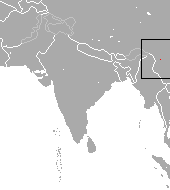 W
WThe pygmy brown-toothed shrew is a species of shrew in the order Eulipotyphla. It is distributed in China. C. parva was initially thought to be the same as Chodsigoa lamula, but it was found to be a separate species.
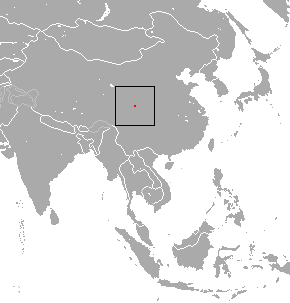 W
WSalenski's shrew is a red-toothed shrew found only in northern Sichuan, China, where it is known from Wolong National Nature Reserve. It is listed as a critically endangered species due to habitat loss and a restricted range.
 W
WThe Smith's shrew is a species of mammal in the family Soricidae. It is endemic to Southwest China, living primarily in mountainous broad-leaved forests at elevations of 900–3000 meters.
 W
WThe genus Sorex includes many of the common shrews of Eurasia and North America, and contains at least 142 known species and subspecies. Members of this genus, known as long-tailed shrews, are the only members of the tribe Soricini of the subfamily Soricinae. They have 32 teeth.
 W
WThe Taiwanese brown-toothed shrew is a species of shrew in the tribe Nectogalini. It is found only in Taiwan. It prefers dense ground cover in forests and subalpine shrublands in high mountains of central Taiwan.
 W
WVan Sung's shrew, also known as Cao Van Sung mountain shrew is a species of shrew in the Soricomorpha order. Specimens of Chodsigoa caovansunga have been found in Vietnam.